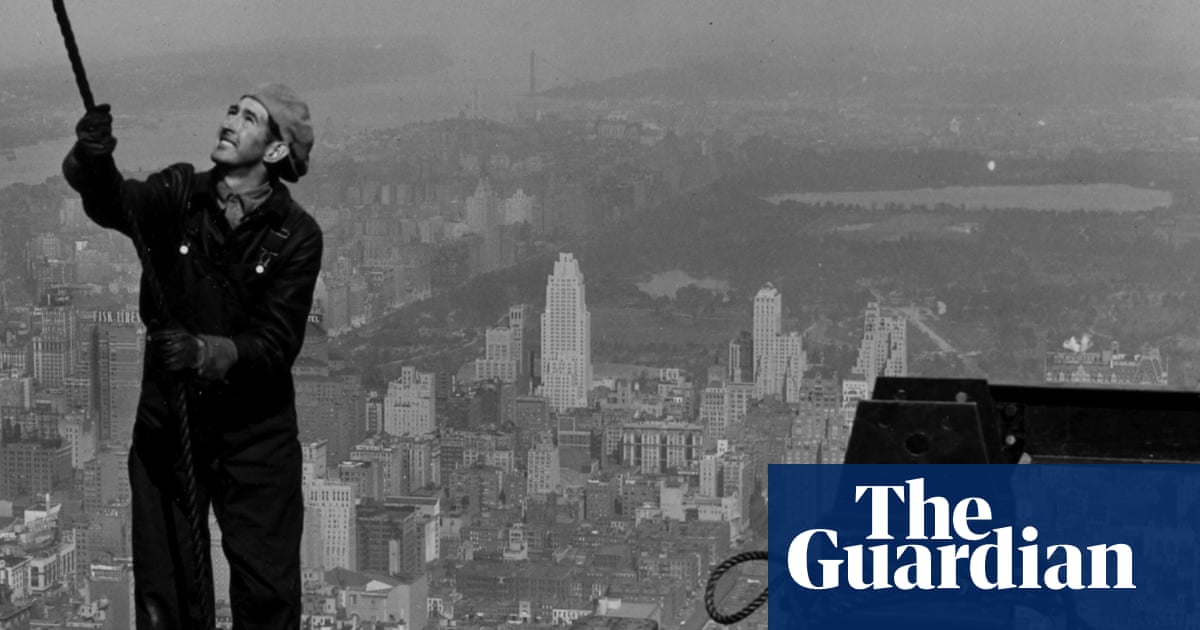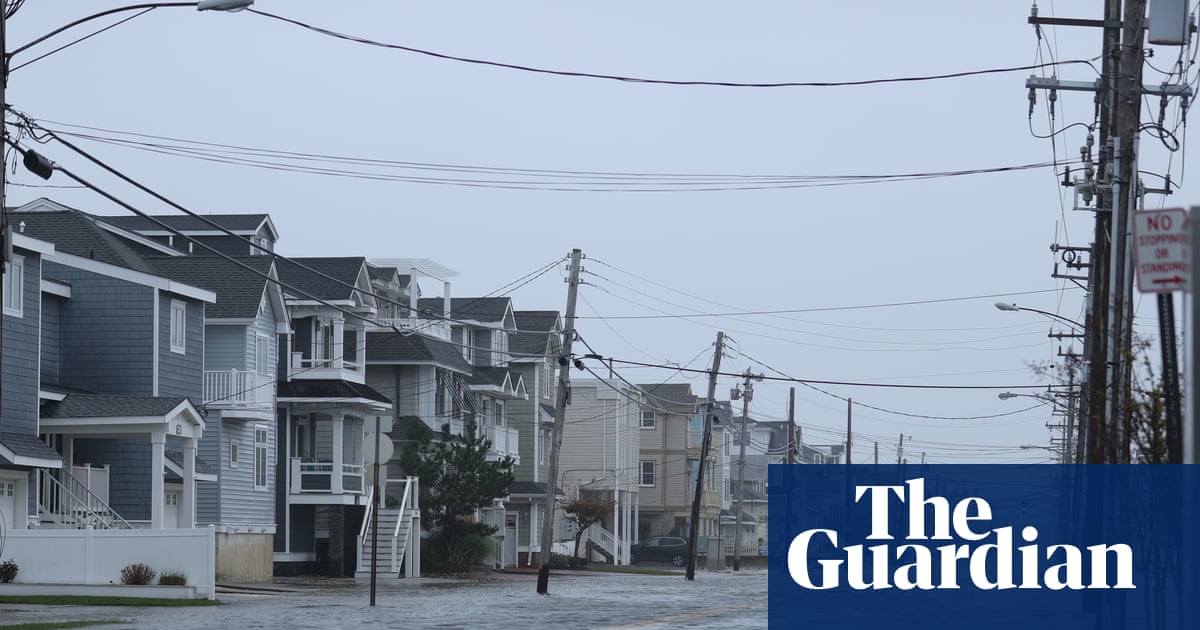In November 1741 Georg Wilhelm Steller, “theologian, naturalist, and curious man”, was shipwrecked on an island between Alaska and Russia. There he found, floating in the shallow waters, a vast sirenian, Hydrodamalis gigas, nine feet long and soon to be known as Steller’s sea cow. Having made it through the winter, largely by eating the sea cows, the following August Steller and the remaining survivors of the Great Northern Expedition left the island. Within 30 years, Steller’s sea cow was hunted to extinction.
Having described these events, Finnish author Iida Turpeinen’s debut novel goes on to describe the lives of other historical figures, each of whom are touched in some way by the sea cow, now reduced to bones. There is Hampus Furuhjelm, governor of Alaska, in search of a complete skeleton, and his sister Constance, who finds peace and intellectual autonomy among her taxidermy collection. Later, there’s Hilda Olson, a scientific illustrator, and John Grönvall, specialist in the reconstruction of birds’ eggs, who is tasked with preparing a sea cow’s relics for exhibition.
Other things beyond the sea cow connect these characters. Both Steller and Olson long to be remembered through the scientific naming of species, although it’s only Steller, his desire playing out through the acquisition of specimens rather than the gentler process of illustration, who gets his wish. Steller and Grönvall are both embroiled in the murkiness of scientific collection which, no matter how it might further our understanding, necessarily entails destruction on one scale or another, while both Constance and Olson find their intellects – and consequently their potential contributions – dismissed because of their sex. And in the background, throughout, there is the slowly dawning scientific understanding both that the extinction of species is possible, and that it can be driven by human action.
By any metric – temporal, geographical, intellectual – this is a huge tract of ground to cover, but Turpeinen does so apparently without effort. She writes in a flowing present tense, moving seamlessly from one character to another, drawing us gently but firmly onwards. Emotional detail is astutely rendered, although in rather broad strokes – Steller’s social inferiority to his ship’s officers, for example, and his frustration when they ignore his request for the time necessary to do his work: “what a laughable scientist he is, examining the new world from his cabin, where all he can do is imagine the contents of these islands”. The result is a book that is almost hypnotically readable; it’s been much garlanded in Finland and it’s easy to see why.
There’s a downside, though, to so much smoothness. The section on Hampus and Constance Furuhjelm, which also follows Hampus’s wife Anna, feels unfocused. Moving between the three of them, it’s unclear where the story lies, perhaps because the material provided by real lives often refuses to coalesce. The sea cow’s bones are the thread that ties this story to the others, but Hampus has bigger things on his mind and Anna doesn’t seem to even notice them. The solution might be to give more space to imagined inner lives and desires – Constance in particular feels like an opportunity offered then dismissed – but that would have meant lingering here, with these people, when the novel has somewhere else to be.
Hilda Olson, too, goes past quickly. The same could be said of ideas, which are raised and then let go. When her employer gives his sea cow skeleton to a colleague, the two of them have dinner to celebrate – but “they too have their differences: von Nordmann believes that in order to fully understand an animal one must examine it alive… but Bonsdorff shakes his head. The oxygen flowing through an animal’s cells does not change its structure.” Here it seems we might be arriving at a nub, but then, as soon as the thought has been put forwards, we’re moved along again. The culpability of science and its practitioners in the extinction of species – and by extension the tendency humans have to hide their destruction behind ideas of progress – lingers without ever quite coming into focus. It’s rather like being on a gallery tour led by a guide who is constantly aware of the time.
Perhaps this is unfair. Beasts of the Sea is undeniably very good – interesting; thoughtful; beautifully written. It’s only that I had the sense that it, too, wanted something more. When Steller rows out to observe a sea cow, it doesn’t seem enough. “He must get closer, see its organs and its bones, he must measure it ... Only by penetrating the surface can he understand the true nature of the sea cow.” I, too, would have liked time to see a little deeper.

 3 weeks ago
24
3 weeks ago
24

















































